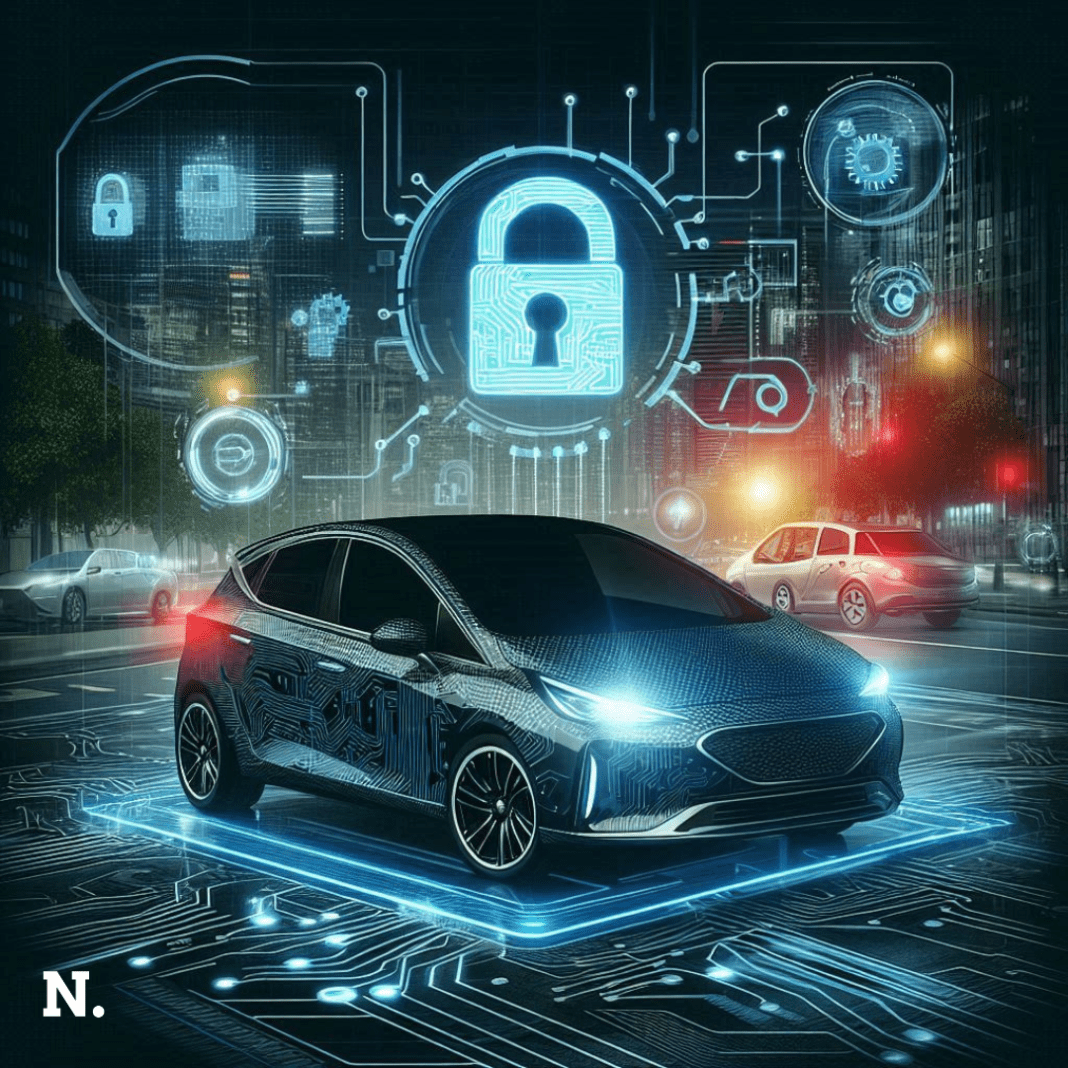In today’s world, cars are not just machines that take us from one place to another. They have transformed into complex computers on wheels, packed with technology for navigation, entertainment, and safety. However, this technology also comes with a dark side: cyber attacks. As vehicles become more connected through the Internet of Things (IoT), they are increasingly vulnerable to hackers. Understanding how these attacks happen and their potential consequences is crucial in our technologically advanced society.
The Rise of Connected Cars
Modern automobiles are equipped with various features that connect them to the internet. These features include GPS navigation, voice recognition, and remote diagnostics. While these advancements enhance the driving experience, they also create new pathways for cybercriminals. Hackers can potentially exploit weaknesses in a car’s computer systems, which can lead to severe consequences.
For instance, a famous case occurred in 2015 when security researchers demonstrated how they could take control of a Jeep Cherokee. By exploiting vulnerabilities in the vehicle’s software, they could manipulate critical functions, such as steering and braking. This alarming incident revealed how easily hackers could access car systems and highlighted the need for improved cybersecurity in automobiles.
Security Risks of IoT in Vehicles
The integration of Internet of Things (IoT) technology in vehicles offers numerous benefits, such as real-time diagnostics, improved navigation, and remote access. However, it also introduces significant security risks. These risks can be classified into data privacy risks, physical safety risks, and systemic vulnerabilities.
Data Privacy Risks
IoT-enabled vehicles collect a vast array of personal data, including location, driving patterns, and even synced phone contacts. Hackers can exploit this data for malicious purposes, including tracking the vehicle’s movements or even selling sensitive information on black markets. If a vehicle visits secure or sensitive locations—such as military bases or government buildings—this data could pose national security threats. For instance, in an advanced attack, hackers might track individuals, monitor sensitive deliveries, or surveil government personnel using compromised vehicle data.
Protecting Against Cyber Attacks on Critical Infrastructure
Physical Safety Risks
IoT cars are vulnerable to remote hacking where cybercriminals can take control of essential systems like braking, steering, or acceleration. By hacking into the car’s cloud-based system, attackers could retrieve the vehicle identification number (VIN) and gain access to various control features such as starting the engine, unlocking the doors, or deploying airbags. In a notable example, researchers were able to remotely stop a Jeep Cherokee on the highway, raising serious concerns about driver safety. This type of breach presents life-threatening risks, endangering the lives of passengers and others on the road.
Systemic Vulnerabilities
Another area of vulnerability is the key fob. These devices use radio frequencies to communicate with the vehicle, allowing drivers to unlock and start their cars. However, hackers can intercept these signals and gain unauthorized access to the vehicle. This was demonstrated in a real-life incident where hackers were able to unlock and start a luxury car simply by amplifying the signals from the key fob.
Additionally, there is a risk of supply chain attacks, where compromised software or hardware is installed during the vehicle’s manufacturing process. Malicious actors can embed malware or vulnerabilities, affecting not just one car but entire fleets from the same manufacturer.
Cyberattack Catastrophe: How Hackers Can Endanger Human Lives ?
Real-World Examples of Automobile Cyber Attacks
The threat posed by cyber attacks on automobiles is not just theoretical. Several incidents have highlighted the real risks involved. In the UK, a “Chinese surveillance device” was discovered in a government vehicle, raising significant security concerns. Security personnel found a SIM card that could transmit location data during a routine inspection. The device was likely installed in the vehicle without detection, thanks to the warranties and agreements between manufacturers and suppliers. This incident prompted the UK intelligence agency to consider it a severe breach of national security.
In another incident, an Iranian-backed hacking group targeted the digital controls used in water and wastewater systems in the United States. While this attack primarily affected critical infrastructure, it illustrated how cybercriminals could infiltrate complex systems with potentially devastating results. The attackers could have easily switched their focus to automobiles, showing that the threat is widespread and applicable to various sectors.
Additionally, researchers have demonstrated the vulnerabilities in connected vehicles by successfully hacking into smart cars and taking control of essential functions. These incidents not only prove that cars can be hacked but also highlight the importance of securing these systems to protect drivers and passengers.
You may also like to know more about Digital Cyber Threats
As vehicles become more technologically advanced, the risk of cyber attacks on automobiles continues to grow. With increasing connectivity and the integration of IoT features, understanding these threats is crucial for everyone. From personal data privacy to national security, the potential impact of cyber attacks on automobiles can be significant. It is essential for manufacturers, policymakers, and consumers to recognize these risks and work towards improving the security of connected vehicles.





